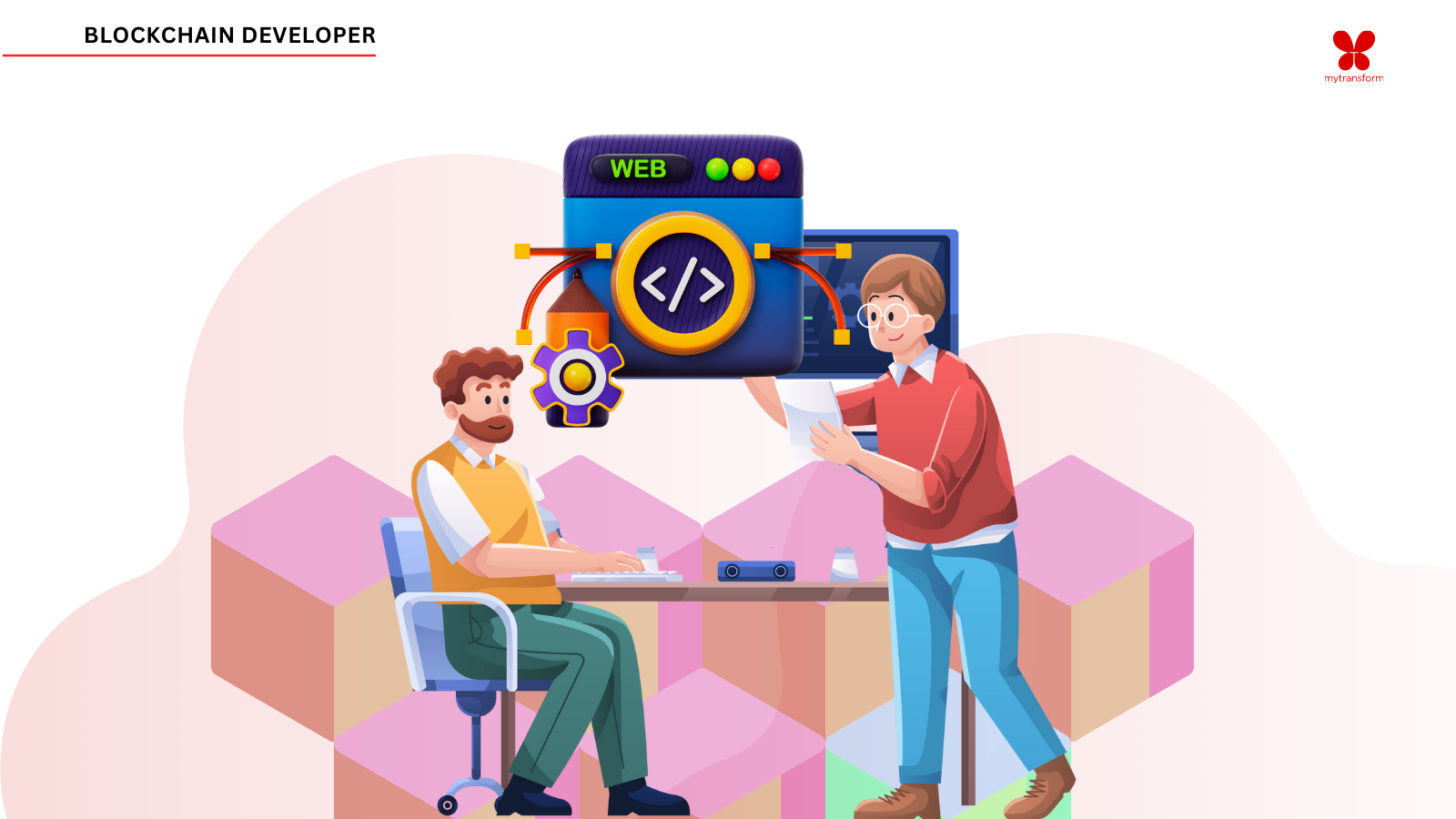Modeling is a profession that has been active for decades in promoting brands and companies in different forms of advertising and marketing. There are many industries heavily dependent on models for their work.
They are fashion, advertising, e-commerce, merchandising, film and television industry, etc. These industries serve the promotional purpose and become the face of consumer brands.
If you too are eager to take a career in modeling, here’s a guide on How to become a model in India. The article provides information on how to become a fashion model, what to do to be a model, the qualifications to become a model, skills, eligibility, income, modeling requirements, etc.
Who is a Model?
A model is a professional who represents brands and companies to promote their product and services in different advertising channels like visual, digital, and print media. They take part in runway shows by wearing fashion designer’s clothing and accessories.
Models need to be part of photoshoots and commercials shooting through long and exhausting hours. They also act in television commercials and video advertisements. There are different types of modeling that need different skill sets and house different responsibilities. One can also specialize in a line of fashion modeling to build a reputation in certain kinds of work.

Trusted by 77,000+ Students
Take the first step towards your dream career.
Kick start your career today!
Types of Models
There are different types of models based on different lines of work and the brands they promote. Here are the different types of models.
1. Runway Models
Runway models are hired to do catwalks in fashion shows. They wear designer clothes from individual fashion designers who participate in the event. All runway models must be taller than 5’9″ in the case of female models and around 6 feet in the case of male models with slim figures.
2. Fitness Models
Fitness models need to showcase their peak physical fitness. They must have a toned and muscular physique development through regular exercise. They are generally hired for nutrition supplements, gym facilities, and fitness-related photoshoots.
3. Editorial Models
The creative copy of these models generally appears in fashion magazines dressed up in a particular brand or a designer’s creation. Both male and female models take part in these photoshoots and physical appearance is prioritized before hiring. The majority of the models are slim and must be around 6 feet in height for males and more than 5’9″ in the case of female models.
4. Promotional Models
These models are hired for promoting products and services. Stills and commercials made using these models are created for target audiences.
5. Swimsuit and Lingerie Models
These models pose in swimsuits, brasseries, and lingerie. They photoshoot in collections of a brand in different designs. They need to pose for photoshoots, catalogs, and magazines. They also need to walk the runway in fashion shows.
6. Catalog Models
Catalog models are hired to put primary focus on the information products and services of the brand or company. Here, models need to appear like people we come across every day. They are commonly hired to promote retail products, clothing, etc to general consumers.
7. Parts Models
They are hired to promote products through specific body parts such as fingers and nails to promote nail polish or feet to promote footwear. Parts models must have their coveted features in optimal condition through special care.
8. Commercial Models
These models are a niche spanning across a wide area of marketing. Their work is utilized in different promotion mediums including product packaging. The stills and videos are used to promote the brand in online, print, and visual media along with outdoor advertising.
9. Plus Size Models
They are majorly hired for plus-size clothing photoshoots. They are generally larger in size than editorial models.
10. Glamor Models
They are commonly hired based on physical appearance and sexual appeal. Glamor models are hired by brands for music albums, calendars, and magazines.
Skills Required to Become a Model
-
- Confidence
-
- Determination
-
- Passion
-
- Looks and Physique
-
- Technical Knowledge of modeling
-
- Physical Stamina
Roles & Responsibilities
-
- Promote products and services in media commercials
-
- Represent companies and brands in different trade shows, exhibitions, and other events.
-
- Display clothing and merchandise in print and digital ads.
-
- Pose for photoshoots to promote brands, products, and services.
-
- Travel and meet prospective clients to understand the work
-
- Fashion models dress up in designer’s clothing for ramp walks.
-
- Answer customer questions about the products
-
- Closely work with photographers, makeup artists, and fashion designers to produce the desired outlook
-
- Conduct product research and make necessary preparations
-
- Maintain and publish your portfolio of work
How to Become a Model? A Step-by-step Guide
Here is a step-by-step guide to becoming a model in India:
-
- Select the kind of modeling to pursue and learn the basics of it and understand the work and etiquette.
- Join a modeling institute or practice at home. Learn to imitate basic poses, postures, and mannerisms.
- Create a training routine, exercise, and stay fit both physically and mentally.
- Create an easily accessible portfolio to reference and share with prospective employers and modeling agencies.
- Enroll in a modeling agency and find relatable opportunities.
- Build industry connections and be open to asking for references.
- Social media is a powerful tool and make the best use of it and gets discovered by industry professionals.
Salary or Income of a Model in India
The remuneration of a model varies depending on the work and experience. Those who are just getting started may earn Rs.30,000/- per month and can range up to Rs.2 lakhs per month based on work experience and niche of modeling.
Top Modeling Institutes in India
There are many institutions offering short-term modeling courses in India. There are no formal courses to pursue modeling. The top modeling institutes in India are
-
- Page3Artist Model Management and Production, Bangalore
-
- Institute of Creative Excellence, Mumbai
-
- NAMG Academy of Modeling and Grooming, Mumbai
-
- Glitz and Glamour Modeling Agency, New Delhi
-
- The Glamor studio of Modeling and Pageant training, Pune
-
- Asian Academy of Film and Television, Noida
-
- IFM Modeling Institute, Bangalore
Industries Recruiting Models in India
Models are somewhat a backbone of many industries. Indirectly, they make the products sell in the market. Fashion models are the face of the textile and apparel industry. Likewise, models relate the product to the target audience. These are the top industries that recruit models in India:
-
- Advertising
-
- Fashion designing
-
- Textile industry
-
- Merchandising
-
- Film industry
-
- Stock imaging
Pros and Cons of Being a Model
Pros of Having a Career as a Model:
-
- Wide networking opportunities
-
- Option to work part-time
-
- High remuneration over time
-
- First access to designer dresses, shoes, and accessories.
-
- Opportunity to work in the fashion and film industry
Cons of Having a Career as a Model:
-
- Low entry-level remuneration
-
- Certain Projects will be tedious and exhausting
-
- No consistent source of income
-
- Need to be diet-conscious
-
- Work for long hours in multiple outfits
Summary
-
- A model is a professional who promotes, displays, and advertises products and services which serve as a visual aid to the market.
-
- There is no academic requirement to become a model as the main thing in this line of work is physical appearance. There are many modeling training institutes to get the training on basic etiquette of modeling and one must be associated with a modeling agency to find work opportunities.
-
- The growth in modeling is immense and it can take new turns to enter the cinema, television, and OTT content as a character or a lead.
Frequently Asked Questions
Entering the modeling industry is straightforward and easy. Get trained by a modeling institute and register with a modeling agency to find updates on available opportunities.
There is a demand for fresh faces in the modeling industry. To become a female model, one must get comfortable with the basics of modeling and adopt modeling etiquette through self-learning or modeling institutes.
The start of the modeling career is the same for everyone. To be featured more in advertising, one has to build a niche and be a familiar face in the industry.
There is a minimum height requirement of 5’9″ for females in the case of runway modeling, editorial modeling, and glamor modeling. However, the height requirement is relaxed in other types of modeling.
The entry-level pay is around Rs.30k per month and can go upto Rs.2 lakh depending upon the experience and niche of modeling.
There is no need to have an educational background for modeling. However, one needs to get trained in modeling and must have good communication skills.
The ideal weight of the female model is 50 – 60 kg and the male model is 60 – 75 kg.
Yes, with a height of 5’2″, one can become a model. But, they cannot take part in runway modeling, editorial, and glamor modeling.
Most preferred body types are slim and fit. Most of the types of models need to be physically fit and have good body appearances.
Building a career as a model is not so hard. However, one needs to pursue the career with determination and take a passionate interest in the work. Get to know how to become a model in India and pursue a successful career in modeling.









